<video controls class="w-full" preload="metadata" poster="https://upload.42how.com/article/image_20211013144425.png">
<source src="https://upload.42how.com/v/%E6%9D%A8%E6%B3%93%E6%B3%BD.mp4">
</video>
As cars step into the era of intelligent connectivity, two concepts are frequently mentioned: full-stack self-development and self-controllability.
Full-stack self-development is a term originated from the IT field, which now refers to automakers who need to master the most critical technology of autonomous driving in an all-around way. Self-controllability emphasizes the cultivation of a localized automobile industry chain.
Intelligent electric vehicles are highly anticipated and are considered as the turning point for the development of China’s automobile industry. However, the discussion on industry pain points is still inconclusive due to the very early stage of intelligent electric vehicles.
How to understand the concepts of full-stack self-development and self-controllability correctly?
According to Yang Hongze, the chairman of China Vehicle Interconnected Information Platform, in the context of globalization, developing self-capability and mastering core technology is essential. However, if we only pursue self-controllability, we will lose many opportunities.
With more than 30 years of experience in the automotive industry, Yang Hongze has a deep understanding and insight into the Chinese automobile industry from various fields of practice, including components and OEMs, commercial vehicles and passenger cars, OEMs and distributors, traditional automobiles and the internet, and pre-marketing and after-sales.
Recently, we had a in-depth conversation with Yang Hongze on industry hotspots and enterprise development issues:
Is full-stack self-development and self-controllability the way for China’s automobile industry to strengthen itself? Is 2021 the turning point for the outbreak of intelligent connected vehicles? What is the real intelligent cockpit product? What is the significance of deep cooperation with Bosch for China Vehicle Interconnected Information Platform? What is the future development strategy of China Vehicle Interconnected Information Platform?
How to understand self-controllability?
2021 is the 20th anniversary of China’s accession to the World Trade Organization (WTO). “China is the biggest beneficiary of WTO mechanism and globalization model. I firmly believe this,” said Yang Hongze.
As a country that benefits most from globalization and has a grand vision of “a community with a shared future for mankind”, we should not pursue self-controllability unilaterally while criticizing some countries for going against globalization. This is contradictory and illogical.
More importantly, from a long-term perspective, no country can complete higher-level technology and market development independently in the future. Globalization is still an inevitable trend.“`
” Ideological conflicts cannot be resolved, but at least in the market, cooperation is greater than conflict. Conversely, if we solely pursue autonomy and controllability, we will lose more opportunities.”
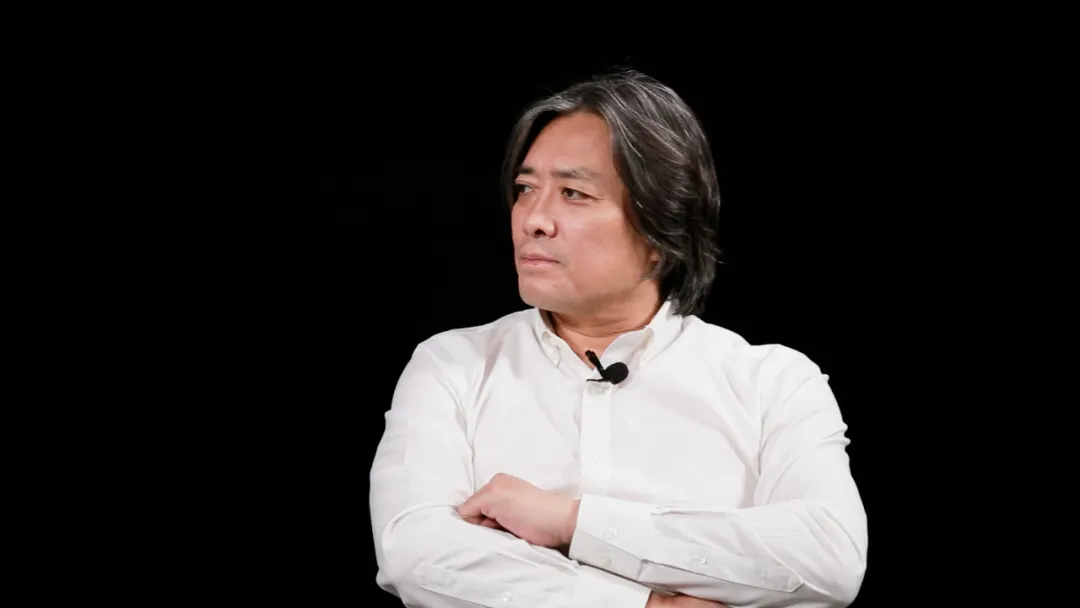
So, how should we understand autonomy and controllability?
Yang Hongze believes that every enterprise should pursue independent development. However, having autonomy and controllability doesn’t mean that they should do everything by themselves and not collaborate with other enterprises. Only with strong technological capability can Chinese enterprises have more opportunities and better serve the global market.
“Improving self-ability is for better openness and better global service, even leading to better global products and services,” he said.
Therefore, in a positive sense, autonomy and controllability means strengthening independent research and development capabilities, especially in terms of products, technology, science, and construction. Meanwhile, addressing insufficient investment in intellectual property in the past is very necessary for a populous nation like China.
Is the inflection point here?
The concept of intelligent cockpit has been widely used in various marketing terms by automakers. However, what is an intelligent cockpit remains undefined by many automakers.
According to Yang Hongze, in a broad sense, as long as there is a complete human-machine interaction environment, multiple human-machine interactive screen displays, and cameras to complete the interaction process, it can be considered as an intelligent cockpit. However, the key factor for the real intelligent cockpit emphasized today is domain control.
There are several key features in the era of domain controllers:
In terms of hardware, an intelligent cockpit is supported by a main control chip, which supports two or more operating systems, displays and interacts with three or more screens, and supports more than five cameras, including DMS, OMS, 360° surround view, and driving recorders. This combination on one controller is referred to as the domain control era of intelligent cockpits.
In terms of software, software and hardware are separated and decoupled. All software exists independently of hardware and can be OTA upgraded.
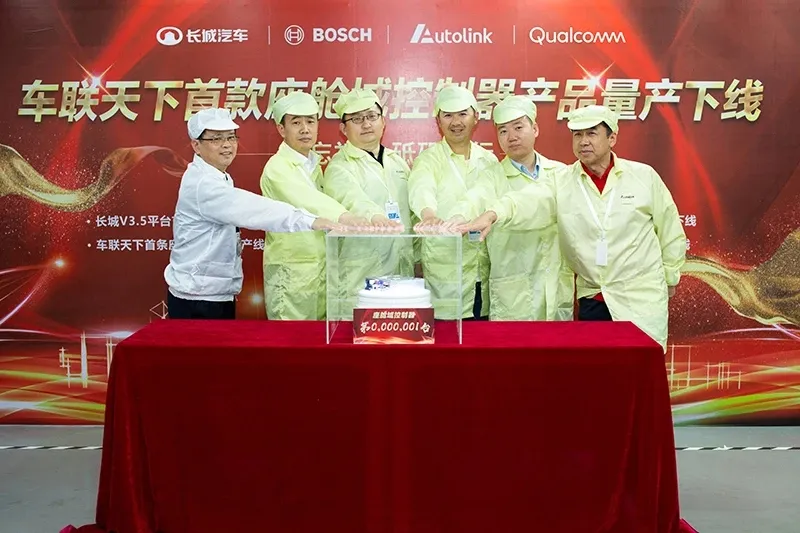
The first year of intelligent vehicles is frequently mentioned. Although Yang Hongze, a veteran in the industry, believes that they have been waiting for commercial opportunities for a long time. “But he also realized that the development of anything is not sudden, but a gradual process. China’s industrial policies and environment have already accelerated the development of this industry, but a long process is still needed.
“This year can be considered as the first year of smart cabins,” he explained. In the Chinese market, there have already been 2 or 3 OEM intelligent cabins put into production. According to his understanding, domestic mainstream automakers will determine their technology roadmap based on intelligent cabins this year.
“By the end of this year, all mainstream domestic independent brand automakers will have completed the localization of intelligent cabin domain controllers and will be launched respectively this year and the next, which is significantly faster than global multinational companies. In terms of the product roadmap of intelligent cabins and domain controllers, this year is indeed the most critical year.”
What is the significance of cooperation with Bosch?
In the background of shareholders of Che Lian Tian Xia, there are many well-known companies and investment institutions in the industrial chain, such as Nio Capital, Amap, and NavInfo. However, the biggest one is still the global well-known auto parts giant, Bosch.
The cooperation with Bosch not only has strategic significance, but also has capital investment. Bosch holds 5.23% of Che Lian Tian Xia’s equity. Che Lian Tian Xia defines their cooperation as a new leap in the development process.
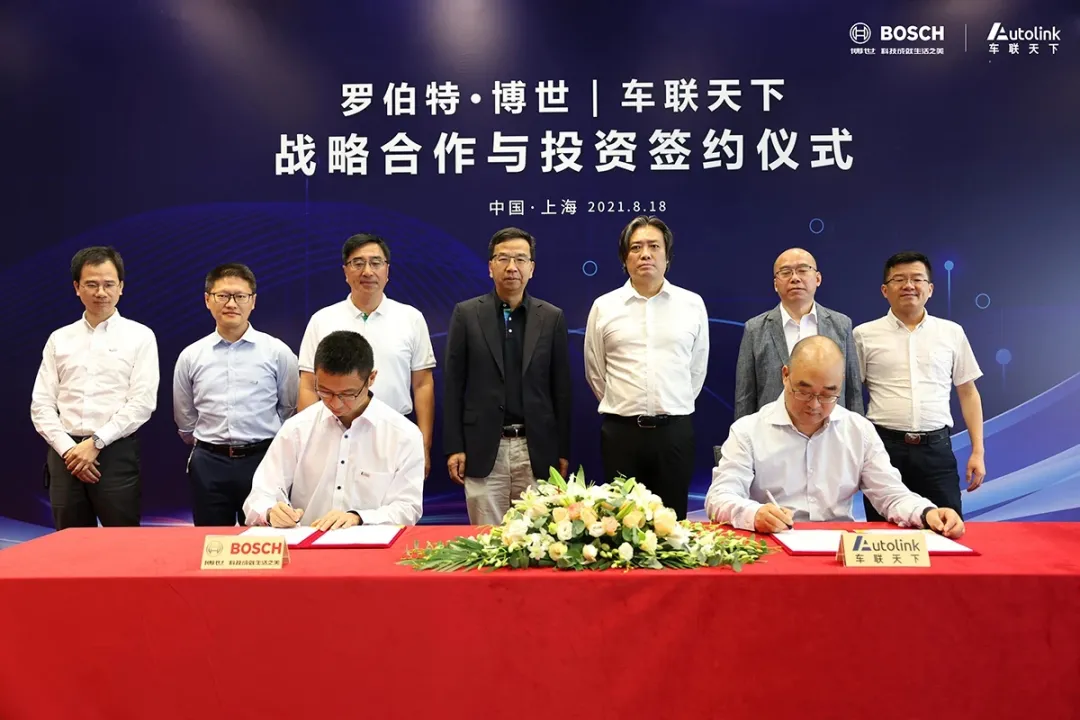
According to research, Che Lian Tian Xia and Bosch had already established a cooperative relationship in 2019. In August 2021, the two sides announced that they have further deepened their cooperation. What does this mean for Che Lian Tian Xia?
Yang Hongze reviewed the history of the cooperation between the two parties. He mentioned that the cooperation between Che Lian Tian Xia and Bosch started in the third quarter of 2019 and officially began in the fourth quarter. In the first quarter of 2020, the two sides jointly researched the cabin domain controller. In the second quarter of 2020, they obtained the project and entered a tense development phase.
Talking about the cooperation with Bosch, Yang Hongze couldn’t help but express his admiration.
He mentioned that as an international giant with a hundred years of development history, Bosch is able to choose to work closely with a seven-year-old innovative company. This proves their innovation and change ability.
“A group of German old men thinking about how to adapt to the requirements of the Chinese market, and even using such a localized way to work closely with Chinese companies, and to be our Tier2, it really makes people very admirable.”
He admitted that in the past two years, Che Lian Tian Xia has learned a lot from Bosch in terms of process, system, service, and other aspects. At the same time, he also believed that Bosch’s cooperation with more flexible, faster-responding, and market-oriented companies like Che Lian Tian Xia has also gained better local service experience in the Chinese market.## Will It Definitely Become a Global Supplier?
Yang Hongze is very confident about Bosch’s reverse empowerment.
He mentioned that Germany is a typical manufacturing power with global leading advantages in traditional manufacturing capabilities such as automobiles and cameras.
However, there are several significant changes in today’s Chinese market:
First of all, China is the youngest and largest mobile Internet consumer market. This means that a group of consumers expect to achieve the experiences gained from the mobile Internet in automobiles. In Germany, users hardly have this demand, while this demand change in China is much stronger than in Germany.
Secondly, software-defined cars and the role of software in whole vehicles are becoming increasingly important and clear. China and the United States are the only two most advanced markets. The number of Chinese software engineers is far greater than that of the United States.
Whether it is the demand from the market side, the definition of software, or product development, China has considerable advantages. Therefore, Bosch’s decision to seek partners in China is also a very wise choice.
As cooperation partners, Che Lian Tian Xia and Bosch how to divide labor?
Yang Hongze mentioned that Bosch focuses on hardware while Che Lian Tian Xia focuses on software. Bosch focuses on platformization while Che Lian Tian Xia focuses on customization. “The demand from Chinese domestic brands is very rich and colorful. Bosch prefers to let us do what we are good at while they focus on platformization.”
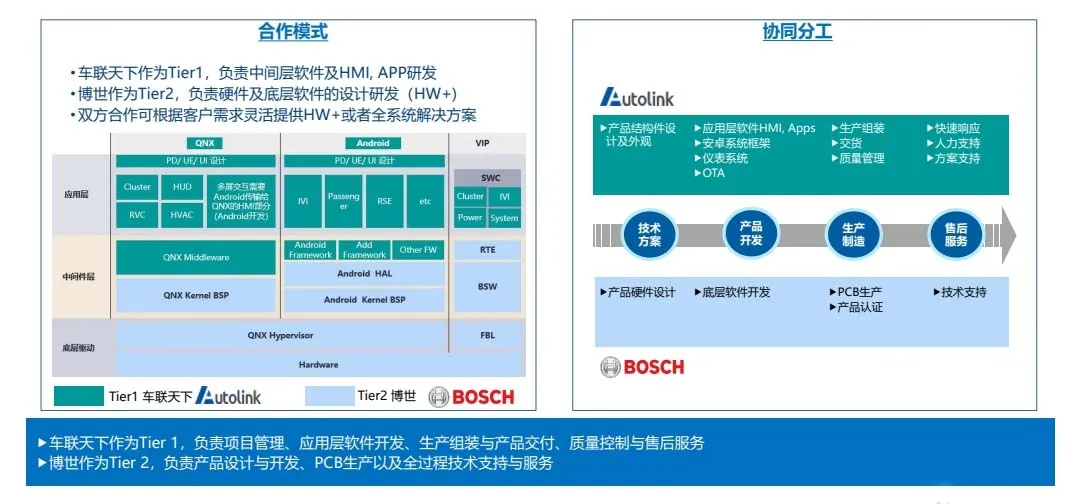
In addition, in terms of facing customers, Bosch mainly serves global car companies, while Che Lian Tian Xia mainly serves localized car companies.
Yang Hongze was very frank. On the one hand, with the current capabilities of Che Lian Tian Xia, it still does not have the ability to obtain global opportunities. On the other hand, almost all foreign-funded customers of Bosch in China are projects obtained by Bosch globally. It is necessary for a big company to have a unified global strategy.
But he is very confident that Che Lian Tian Xia will grow into a global company. He introduced:
On the one hand, Bosch has already regarded Che Lian Tian Xia as part of its software supplier capabilities. The Bosch China team has recommended Che Lian Tian Xia as a software supplier to the Bosch global team for two projects. It can be seen that the cooperation between the two parties has already crossed the boundary of the Chinese market.
On the other hand, he believes that domestic brands will significantly lead the development of intelligent and connected cars among global car enterprises. As a supplier, they will certainly follow the part of demand that runs fastest.
He believes that in the next 5-10 years, the vast majority of Chinese domestic brands will be global companies, and “you cannot survive without globalization.” “If we can serve excellent Chinese domestic brand enterprises well and grow and progress together, we too will become a global company in 5-10 years.”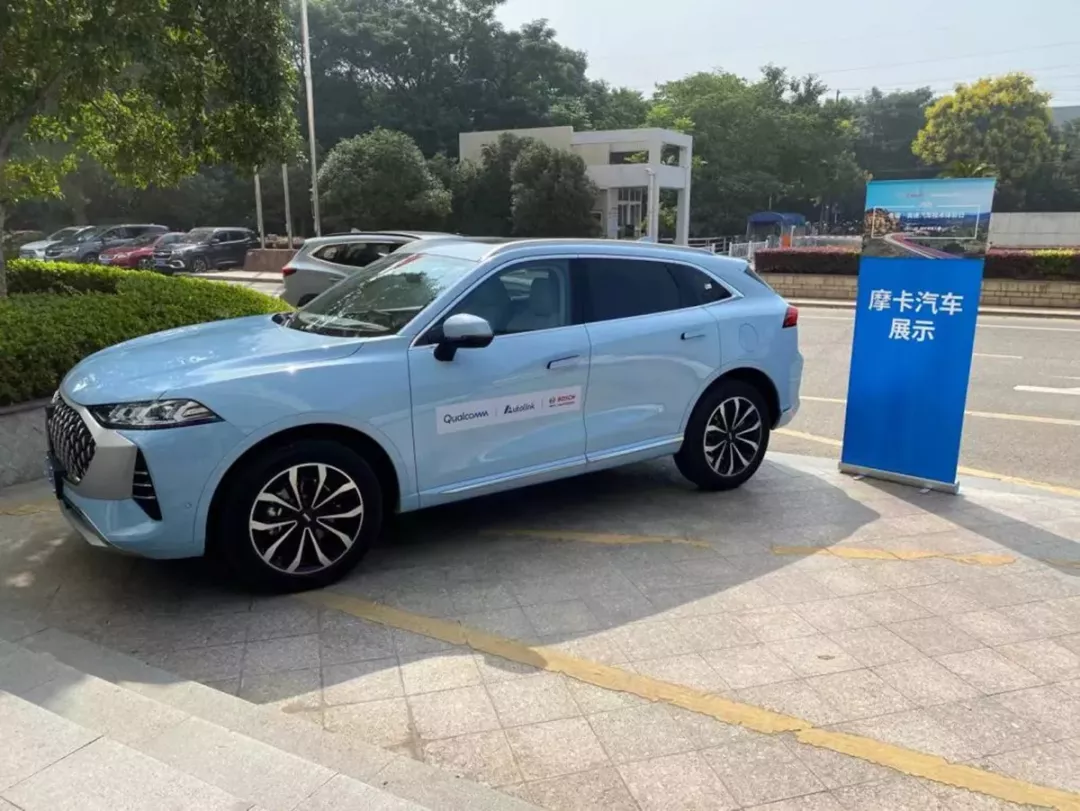
Planning to Go Public within Three Years?
From the perspective of its development process, CarLinkTech can be divided into two stages, according to Yang Hongze.
The first stage was from the founding of the company in 2014 to 2018. From 2014 to 2016, the company built up its product capabilities. By 2017, the company had started to enter a relatively rapid development stage, obtaining qualifications and approvals from around 17-18 OEM suppliers. The sales revenue in 2018 reached around 700 million yuan.
The second stage started in late 2018 and continues until now. CarLinkTech has transformed from a traditional single-machine product and distributed controller product to a comprehensive intelligent cockpit domain controller product. Yang Hongze calls it the “2.0 stage” of CarLinkTech.
According to the plan, all traditional distributed products will be phased out by the end of this year. In the new field, CarLinkTech will start platform development based on localized chips on top of the Qualcomm Snapdragon 8155 technology route and also commence development based on the Qualcomm Snapdragon 8295 chip. “This is two brand new platform plans on top of 8155.”
In addition, CarLinkTech is conducting joint market research with Bosch on the software needs for the next generation of intelligent cockpit hardware capabilities. At the end of this year, the two sides will plan and lay out the software, application and ecological needs for intelligent cockpit.
From the operational perspective this year, in the past nine months, CarLinkTech has obtained orders for 3 million units for four or five clients’ projects. There are expected to be about 3 more projects in the coming three months. The current main host factories served include Great Wall, GAC Trumpchi, GAC Aion, Chery, Geely, etc.
“This year should have had sales of 400 million yuan, but due to the shortage of chips, there was only 270 million yuan, and the orders were cut by more than half. Based on the orders in hand, sales of about 1.4-1.5 billion yuan are expected next year,” said Yang Hongze, somewhat helplessly.
CarLinkTech is currently in the investment expansion phase, planning to build a capacity of 1.5 million units by the end of 2022.
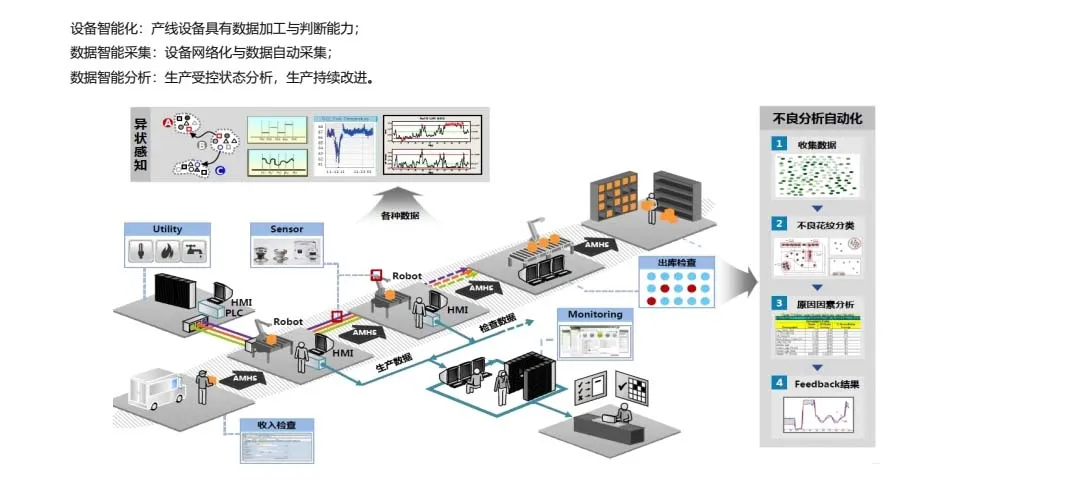
Yang Hongze disclosed that although the revenue is good, the investment pressure in R&D and assets is still very high. They will consider financing before and after the Spring Festival. If they have enough cash, they can postpone financing. This depends on the OEM’s settlement method and its ability to finance its debts.## Conclusion
Regarding the IPO plan, he expressed that it is expected to be put on the agenda within three years, “which may generate a sales revenue of 4 billion yuan and a profit of 300 million yuan.”
In the wave of intelligent network entrepreneurial boom, Yang Hongze is one of a few founders who do not have a technical background. With rich market operation and organizational management experiences, he has a broader perspective and more detailed user thinking. He is good at deducing technology routes and product definitions from market demand.
Apart from industry background and professional experience, he is also a person with great personal charm. Although we met for the first time, and only had about two hours of communication, we could still feel his unique strong aura and artistic temperament, as well as his straightforwardness in answering questions without downplaying them.
From his values, we can read some Buddhist thoughts. In the interview, he mentioned that he used the word “行者 (Pilgrim)” in all the places where an ID name was required. In Buddhist terminology, Pilgrim generally refers to ascetic monks.
“What kind of company do you want CheLianTianXia to become?”
“I cannot define the ceiling of this company with my ability. I hope the potential of the company is infinite. I think this is the mentality that an entrepreneur should have.”
“What do you pursue?”
“I am a person who cares about the process very much. I hope to bring some value to the people around me. I hope the business I manage can bring certain meaning to the development of the industry. That’s enough.”
He wrote in his WeChat signature: “The ordinary are afraid of consequences, and the enlightened are afraid of causes.” He believes that if the path chosen is right, then the desired result will surely be achieved.
This article is a translation by ChatGPT of a Chinese report from 42HOW. If you have any questions about it, please email bd@42how.com.